Malayalam Matrimony
by iMarriagesmatrimony site for Malayalam speakers.
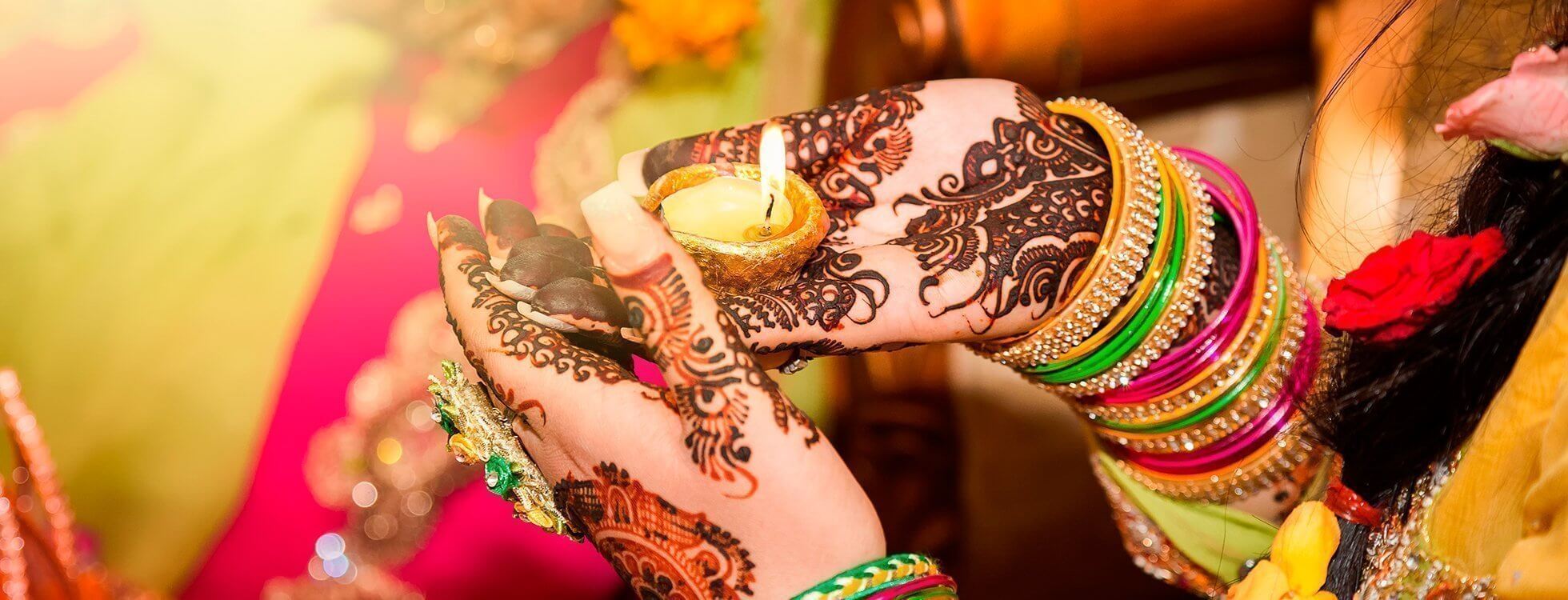

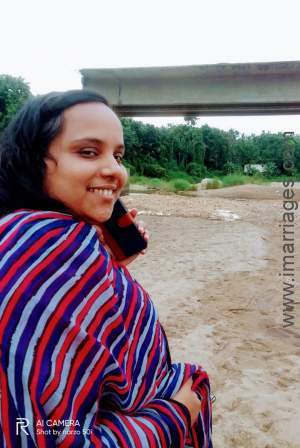
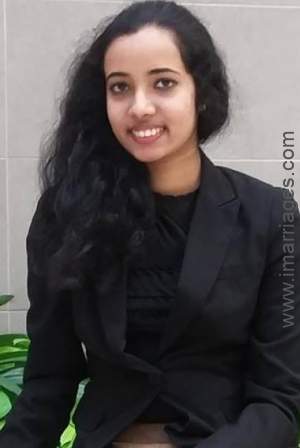
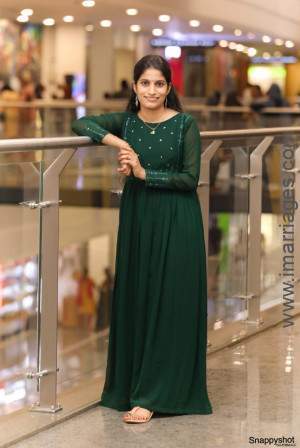
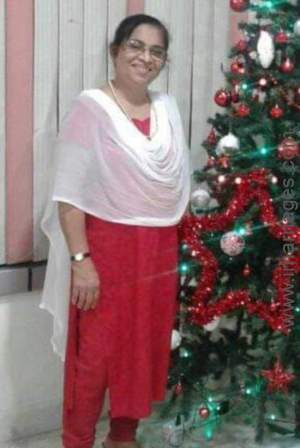
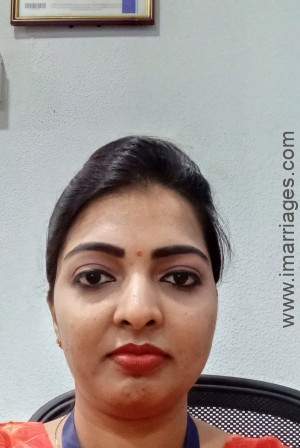
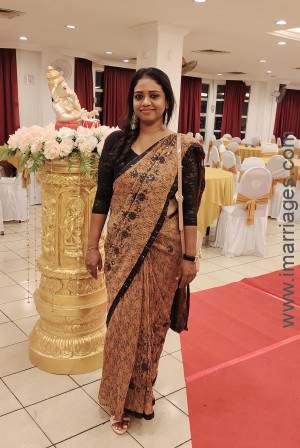
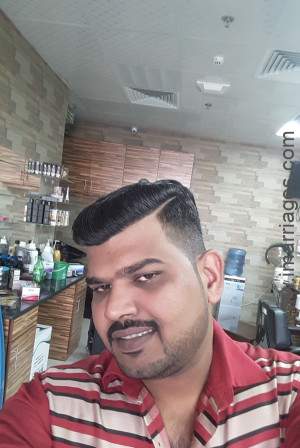
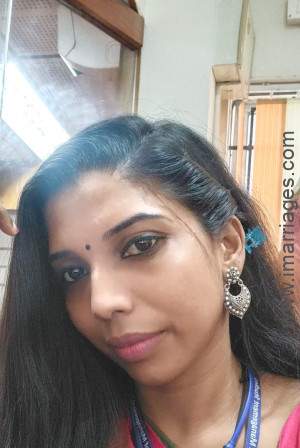


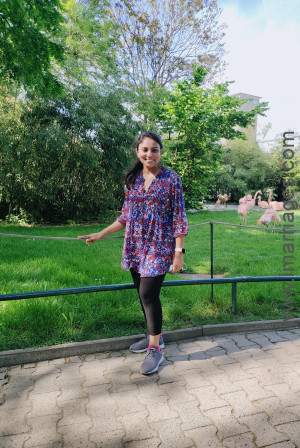
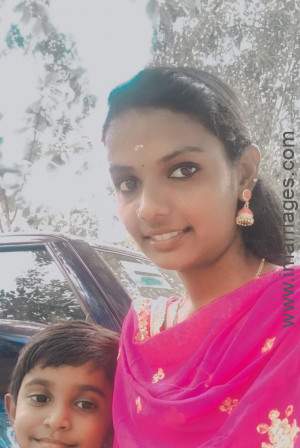
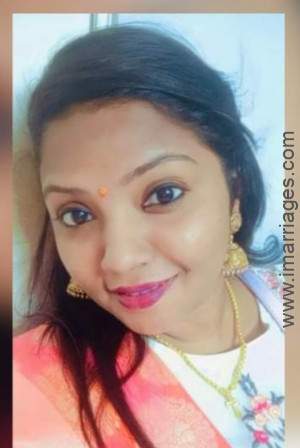
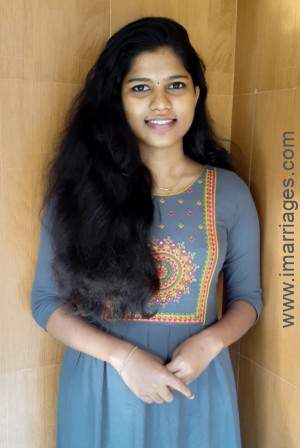

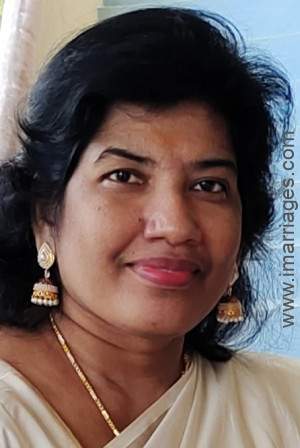

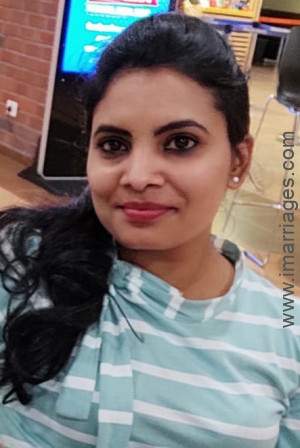
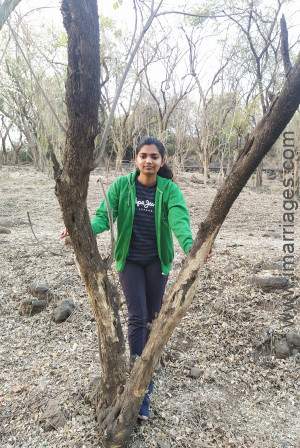
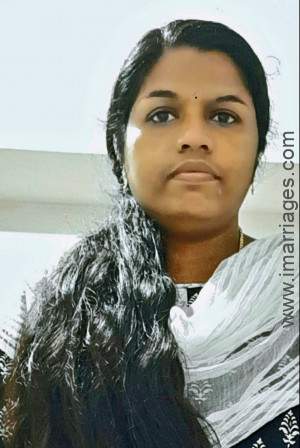
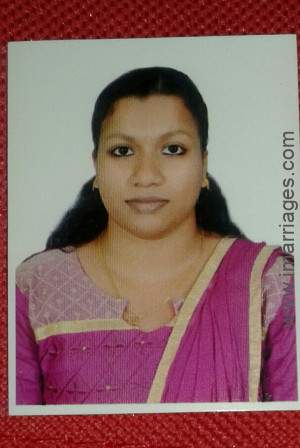

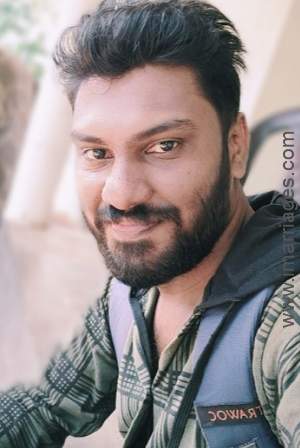
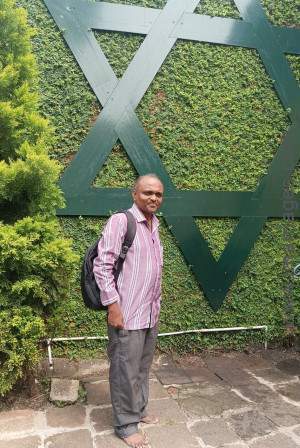

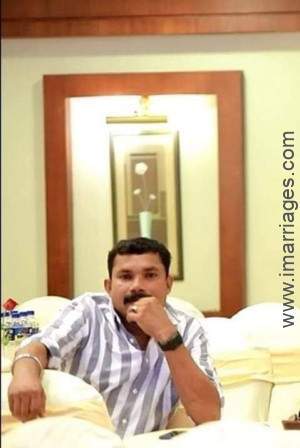
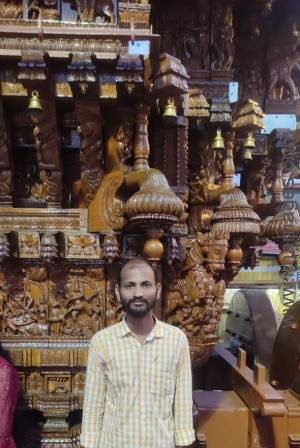
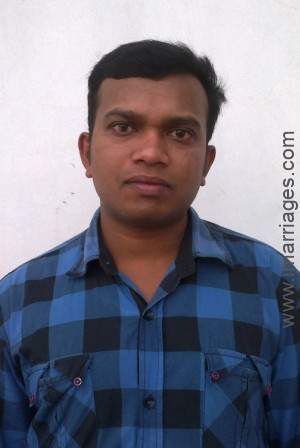
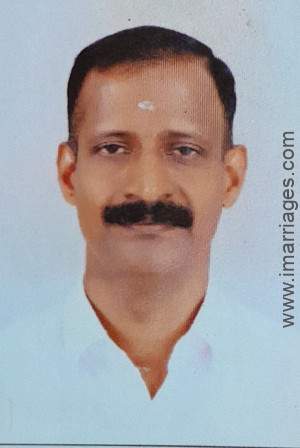
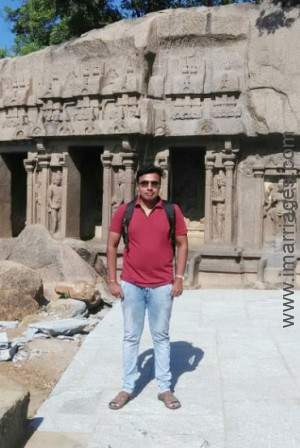
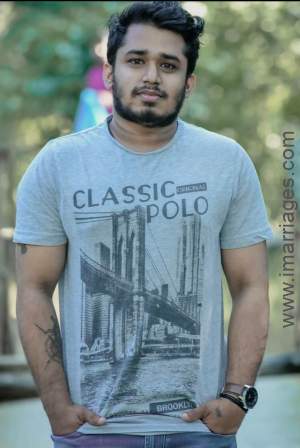
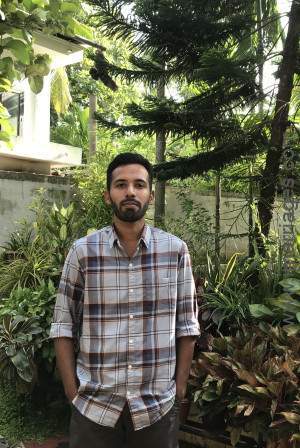

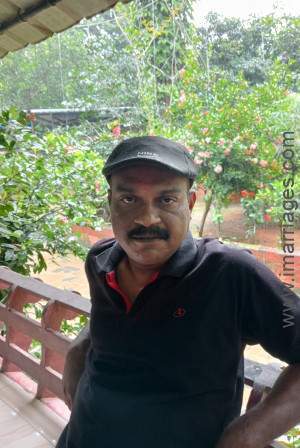


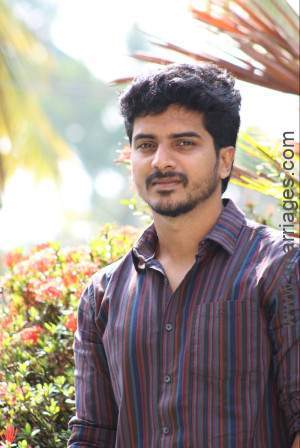
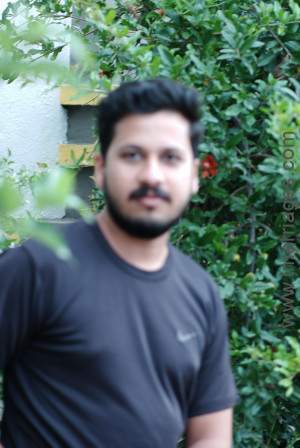
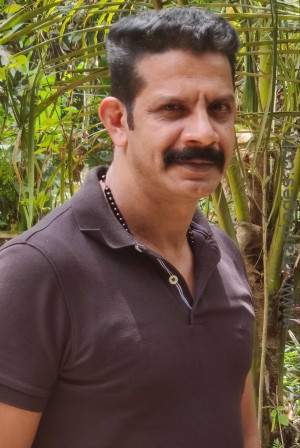
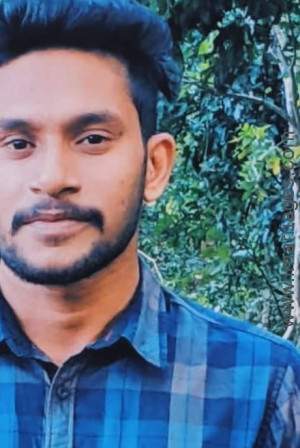
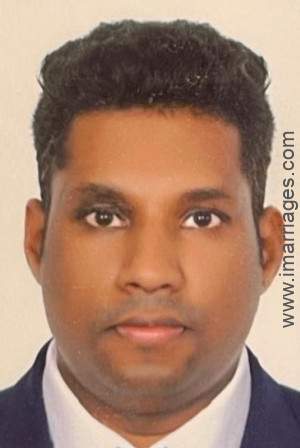
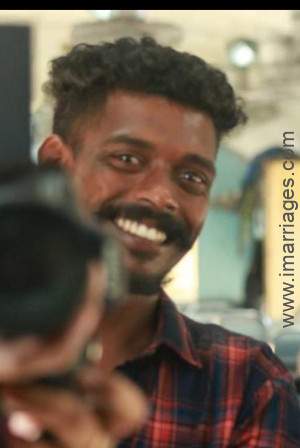
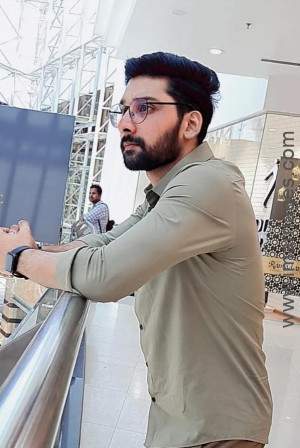
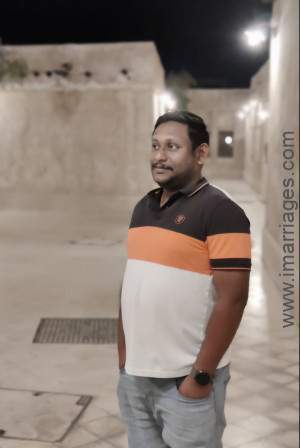
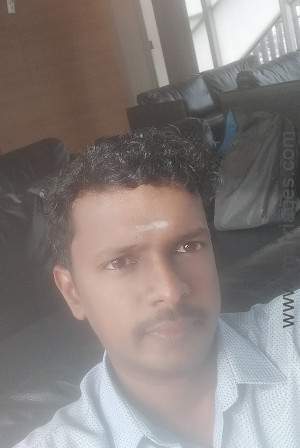
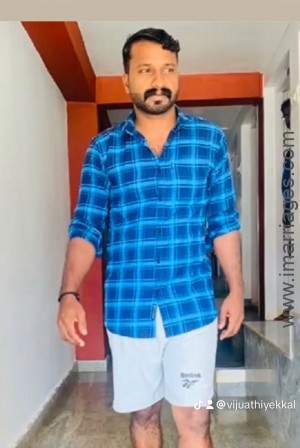

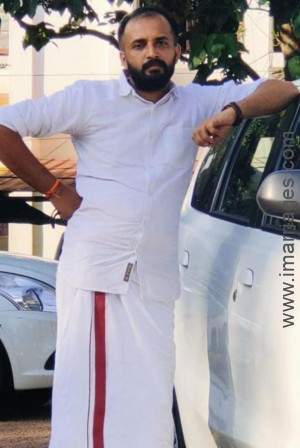
Welcome to Malayalam Matrimony by iMarriages, a free matrimony portal for Malayalam speakers with profiles in Kerala and elsewhere.
Malayalam matrimony takes place between a bride and groom who speak Malayalam as their first language. Malayalam is predominately spoken in the state of Kerala and is one of the 22 scheduled languages of India. In 2013 it was also designated as a classical language. It is spoken by approximately 33 million people. As well as Kerala, it is also spoken in Puducherry and Lakshadweep.
The earliest writing which resembles Malayalam is the Vazhappalli inscription.
Weddings down in South India are often simple and traditional rather than the extravagant pomp and show often seen in other parts of the country. One of the most elegant examples of this is a Malayalam matrimony ceremony. Short and sweet are the words that perfectly describes a true Malayalee wedding.
Lets, take a close look at all pre-wedding, wedding and post-wedding functions of a Malayalee wedding.
Pre-Wedding Rituals
Muhurtham: Matching of horoscopes is considered as one of the important parts of weddings in Kerala. Family astrologer examines the horoscope of both the prospective bride and groom to check the couple's compatibility. It is followed by the Muhurtham (auspicious time) during which time for the engagement and the wedding are fixed.
Nischayam: The significance of this ceremony is to announce, share and celebrate the confirmation of marriage. This event usually takes place at Bride's house. Traditionally, the bride and the groom are not supposed to take part in this ceremony but with time, it has changed as nowadays, the couple exchanges ring on this occasion which is known as Mothiram Mattal (ring exchange). The compared and approved horoscopes and gifts are exchanged during this ceremony. Guests are treated to with a lavish vegetarian meal after the ritual.
Sadya and pre-nuptial blessings: A traditional feast called Sadya (traditional Kerala dishes served on banana leaves) is held at the respective houses of both the bride and the groom. The bride/groom sits facing the east and is served with a traditional five-course meal along with her/his family members. After the meal, the bride/ groom visits a nearby temple accompanied by her/his close family members to offer prayers to the Almighty. On their return to their homes, the bride/groom seeks the blessings from their elders by touching their feet.
Wedding Rituals
Punyaha: This ritual signifies the welcome of Groom and his party. They are welcomed by the music of Thavli (traditional drum of South India) and Nadaswaram. The bride's brother receives the groom by holding his right hand, while his mother in law sprinkles raw rice and sacred water on him. Groom is accompanied by bride's father, mother, and brother to the Kalyan Mandapam (a raised marriage platform decorated traditionally with bell metal lamp, paddy straw, and coconut shoot).
Aayiramthiri: Around the same time aarthi of the brides is performed with an aayiramthiri (a lamp with multiple flames). This is supposed to cast off the evil eye and also purify the bride before the wedding. The aarthi is performed by a maidservant or an outsider, someone who is not directly related to the bride.
Kanyadaanam: The bride's mother and aunts bring the bride to the mandapam. Once the couple is seated (Groom on the right while bride on left of Kalyan mandapam), the father of the bride holds his daughter's hands and places them in the groom's hands as a gesture suggesting that the bride is now the responsibility of her husband. After this, the couple seeks his blessings.
Thali Kettu: The most important ritual in a Malayalee wedding, Thali Kettu takes place at the Muhurtham decided. The priest purifies the Thali (mangalsutra) with sacred water by chanting of mantras, then hands it over to the groom who ties it around the bride's neck at the most auspicious moment. This is followed by the exchange of garlands.
An interesting fact about the Malayalee wedding is that the pheras (known as pradikshanas) are taken thrice (instead of the usual seven) around the nirapara (a full measure of paddy), not around the sacred fire which is usually seen in Hindu weddings throughout the country. The ceremony comes to an end with the couple seeking blessings from elders and hands over a betel leaf and a nut to them.
Pudava Koda: The groom's family presents the bride with two sets of clothing. One, a set of traditional Kerala women's wear pudava and kavani which are bordered with gold-plated threads and the other, a set of the traditional wedding sari arranged in a thalam (ornamental plate). The bride immediately changes into the pudava kavani. Later when she is ready to leave for the groom's house, she changes into the wedding sari.
Shadharmascharyatham: This is the last ritual that marks the end of a Malayalee wedding ceremony. During this bride and groom separately give Dhakshina (token amount in reverence) to the Poojari (priest) in betel leaves.
Post-Wedding Rituals
Thiruvathira: After the completion of wedding ceremony the couple is offered with milk and banana by bride's mother. Generally, the groom stays over for the night. At night, ladies perform the Thiruvathira (traditional dance of Kerala) wearing cream-colored saris around the traditional bell metal lamp.
Vidai: This marks the departure of the bride to his new home. It takes place at the appointed hour predicted by the priest during the Muhurtham. Before leaving the couple seeks blessings from all the elders.
Kudiveypu: Kudiveypu literally means making a new home/family. Aarthi of the couple is performed with a traditional lamp as a mark of their welcome. The bride enters her new home by placing her right foot on it holding the traditional lamp in her hands. This is followed by Ganapati pooja. The bride then boils milk in the kitchen to sign of her inclusion into the new family.